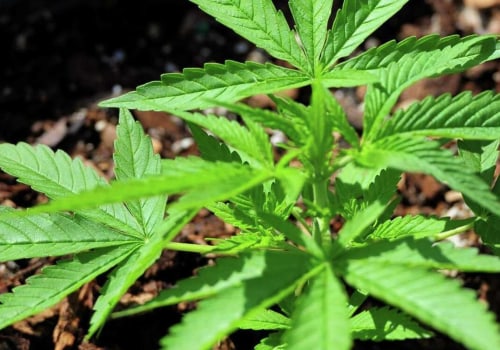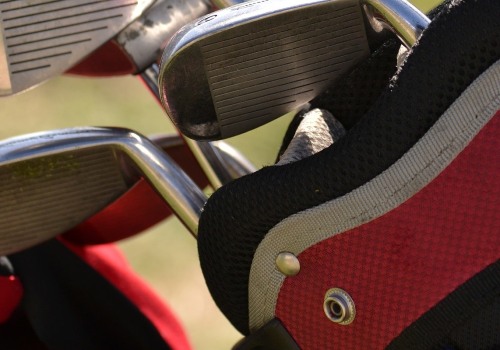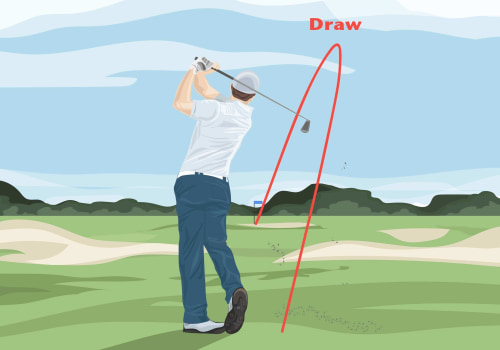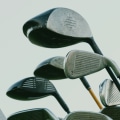This is my favorite Bridgestone golf ball for the average golfer who prefers control and spin to pure distance. Designed for lower rotational speeds. The USGA defines an average golfer as a recreational player who has an average of 91 strokes per round on a par-72 golf course. Therefore, the player's average score is believed to be close to 100 per round on a par-72 golf course.
Taking these averages and dividing them among all golfers gives an average of 91, on which the USGA bases its definition of an average player. The Srixon Soft Feel was designed to produce a highly resistant 71% super soft compression core that becomes progressively smoother towards the center. This maximizes energy transfer for greater distance and a smoother feel from the tee to the green. Low compression offers a high moment of inertia (MoI), which improves error accuracy.
Titleist is probably the best-known manufacturer of golf balls, and its Pro V1 and Pro V1x dominate professional tours around the world. Fear not, as they haven't neglected aspiring golfers and have produced several golf balls to fit most golf swing speeds and swings. The one-piece ball is often used by driving camps or companies that prefer the durability to the manageability of the golf ball. Once you make constant contact with the golf ball, you should consider leaving the one-piece golf ball aside.
The 2-piece golf ball is one step above the 1-piece golf ball. Give your game a little more variety. Beginners who master the basics and want extra distance usually opt for the 2-piece golf ball. It can fly a little farther than the 1-piece golf ball, but the biggest benefit of the 2-piece golf ball is that it extends farther than any other type of golf ball.
Titleist Pro V1 golf balls are the best-selling golf balls used on professional trips. They are known for their consistency between golf balls. However, the high compression ratio of a Pro V1 makes it more suitable for golfers with a high rotational speed. The price of the Pro V1 also makes it an unwise choice if you still tend to lose a few balls per round.
The average golfer will experience better performance with a smoother ball if they have a medium to slow swing speed. However, golfers with a swing speed greater than 100 mph will benefit more from a harder ball. The TaylorMade Tour Response golf ball is our best choice for average golfers. The urethane cover of the Tour Response helps give the greens a great feel and give a lot of spin.
Titleist Velocity balls are a cheaper Titleist option that allows for a low and long game spin, greater affordability and greater flight on your golf shots. When people think of Titleist golf balls, they tend to think of the Pro V1. But Titleist Velocity golf balls are better for an average golfer. That's because it can do a little bit of everything right. You can get further away from the tee with this.
You'll notice that your ball has a better shooting angle and more waiting time. But that doesn't mean it's going to be up in the air without going too far. The Callaway Supersoft is one of the lowest compression golf balls in the game; with a new PARALOID impact modifier on the deck, high throw and low spin, it will be a great addition for any beginner at slow swing speed. Spinning balls are great, but you don't have the swing of a touring player.
Srixon believes this soft-touch model is better for you. It is the company's softest compression model with a urethane cover, also enhanced by a softer layer of mantle. These balls use the same idea found in the core of the Z-Star Tour level balls, a core that becomes increasingly rigid towards the outer edge to produce energy and fewer effects on longer sticks. The cover is also based on the special coating of the spinning ball that improves friction on shorter shots for maximum effect.
The dimples on a golf ball help it turn, fly higher in the air and reduce the drag force experienced by the ball. A perfectly smooth ball hit with a driver will travel approximately 130 yards, while a dimpled golf ball can generate an additional distance of 290 yards or more with the same impact conditions at rotational speed. This is an inexpensive way to learn while losing a ball in every second hole, but it doesn't help you gain consistency. Golf balls that fit the average mid-handicap golfer are mostly less expensive and could lower your score.
As you get used to spinning the ball around the green, it's good to learn with a softer ball. Although Golf Digest Hot List and Golf Digest Golf Ball Hot List share similar names, they are anything but in terms of player testing. Playing the same ball on every shot is the best way to get a repeatable extra distance and the best performance on the green. Average golfers or high-handicap players can benefit from playing a one-piece golf ball or a less expensive 2-piece designer ball and making sure they play that ball every stroke during their competitive rounds of play.
Average golfers make up the largest industry of golfers, and there are many golf balls marketed to these players. Urethane-free balls are everything else, from softer two-piece balls designed for golfers with slower rotational speeds to prepacked stones with a distance of 15 balls to the latest experimental medium terrain offerings that feature a new, cheaper covering compound that is designed for hold on and turn like urethane. The same can be said for those who play with a golf ball that is too high in compression for their game. The Srixon Q-Star has been optimized for players who swing at a speed lower than 90 miles per hour and promises longer, straighter golf strokes.
Using multiple balls means differences in performance with each hit, so it's best to choose a big ball and stick with it. The Mantle system, together with the thinner and stronger Tour urethane cover, allow this 3-piece construction to provide a fantastic feel and control the trajectory of the ball, save hits, control turns and scores shots. Now in its sixth generation, this two-piece ionomer-coated ball has a lower overall compression compared to previous versions. What all these balls have in common is the 2- or 3-piece design, a fairly low ball rotation and a low compression ratio.
The new dimple patterns on the Pro V1 and Pro V1x are the first update in more than a decade, but they work better thanks to other performance improvements on both balls. Often, a soft ball will be easier for players with slower or average swing speeds to throw a high ball, and lower compression is more tolerant because of its lower spin. . .






